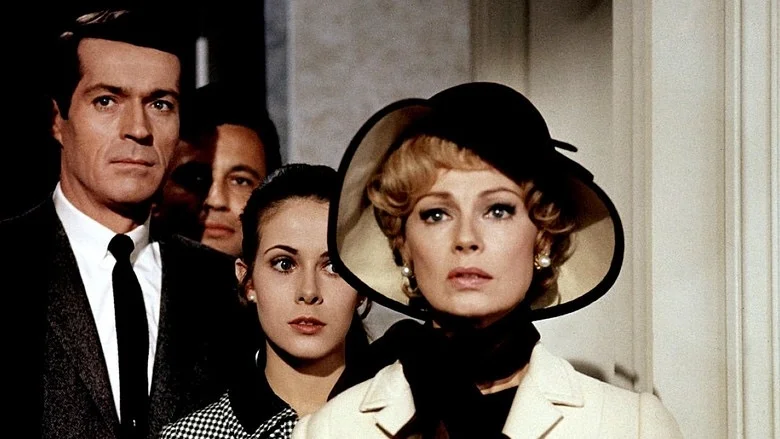Beginner’s Guide to Alfred Hitchcock: Secret Agent (1936)
In recent memory, there are not many major films about WWI; I’m not quite sure why. Maybe the onset of Hollywood propaganda films set during WWII cemented itself as a cultural touchstone. Perhaps WWII is easier to film with clear bad guys and heroes. Alfred Hitchcock’s Secret Agent was made in 1936 just before the break of WWII. The film itself takes place in the middle of WWI, known as The Great War at the time. As I was watching the film, I thought about other films that took place in the time, and I thought of Patty Jenkins’ groundbreaking Wonder Woman (2017). Now who knows if Jenkins had seen Secret Agent when she was making her superhero film. The film isn’t exactly known as one of Hitchcock’s classics. It does, however, represent a sense of disillusionment and government incompetence that is reflected in Wonder Woman.
British stage legend John Gielgud (also known for his Oscar winning role in the 1981 film Arthur) stars as Ashenden, a secret agent and author who is sent to Switzerland to locate a German agent en route to Arabia. Ashenden is told specifically to murder this agent. He is assisted by Elsa Carrington (Madeleine Carroll), posing as his wife, and The General (Peter Lorre), an assassin also known as The Hairless Mexican. Along the way, Elsa is pursued by the charming Robert Marvin (Robert Young).
The film is based on two stories by Somerset Maugham, and a play based on those stories. Hitchcock and his screenwriters Charles Bennett, Alma Reville, and Ian Hay took different elements from each source. Bernard Knowles shot film, having worked with Hitchcock many times (including Sabotage and The 39 Steps). Setting the film in Switzerland, Hitchcock tried to take known cultural highlights of the country and tie them into the film (for example, the conspirators are hiding in a chocolate factory). Hitchcock, in his interview with Francois Truffaut years later, speaks well of Secret Agent, but both he and Truffaut agree that it’s not a very exciting film.
Secret Agent did remind me of Wonder Woman, even if I can admit that it might be a stretch but hear me out! The idea of The Great War being morally questionable, and the horrors the agents and soldiers are tasked to commit, are major themes in both films. “Maybe we are all to blame,” says Steve Trevor (Chris Pine) in Wonder Woman, and I can imagine Ashenden agreeing. Every side of the war is morally corrupt. Elsa Carrington joins the mission looking for adventure, and a chance to help her country. She’s capable but somewhat naïve; that reminded me of Diana (Gal Gadot), who joins WWI but is quickly horrified by what she finds. Elsa and Ashenden are not quick to commit cold blooded murder, even under these circumstances.
Elsa isn’t the only Hitchcock Blonde who wants some excitement. Grace Kelly in To Catch a Thief links up with an alleged criminal to shake up her life. But this isn’t a French Riviera jewel thief rom-com; this is WWI and Elsa’s enthusiasm is quickly dissipated. Hitchcock also says the villain (who is quite obvious to the discerning viewer) is more appealing than the hero. That’s a common thing in Hitchcock’s films (most famously, Anthony Perkins in Psycho). This was a bone of contention for John Gielgud, who thought the hero was not as heroic or interesting as the villain. But even in this film, the villain is killed by getting pinned in rubble, and shoots the hero (not fatally). It’s a grim, violent ending—unusual for Hitchcock at this time. The film has a somber tone, and the movie doesn’t have a happy ending. Hitchcock said that an audience can accept an unhappy ending if the film is entertaining in the middle. He’s right, and this film does manage to meet that bar.














